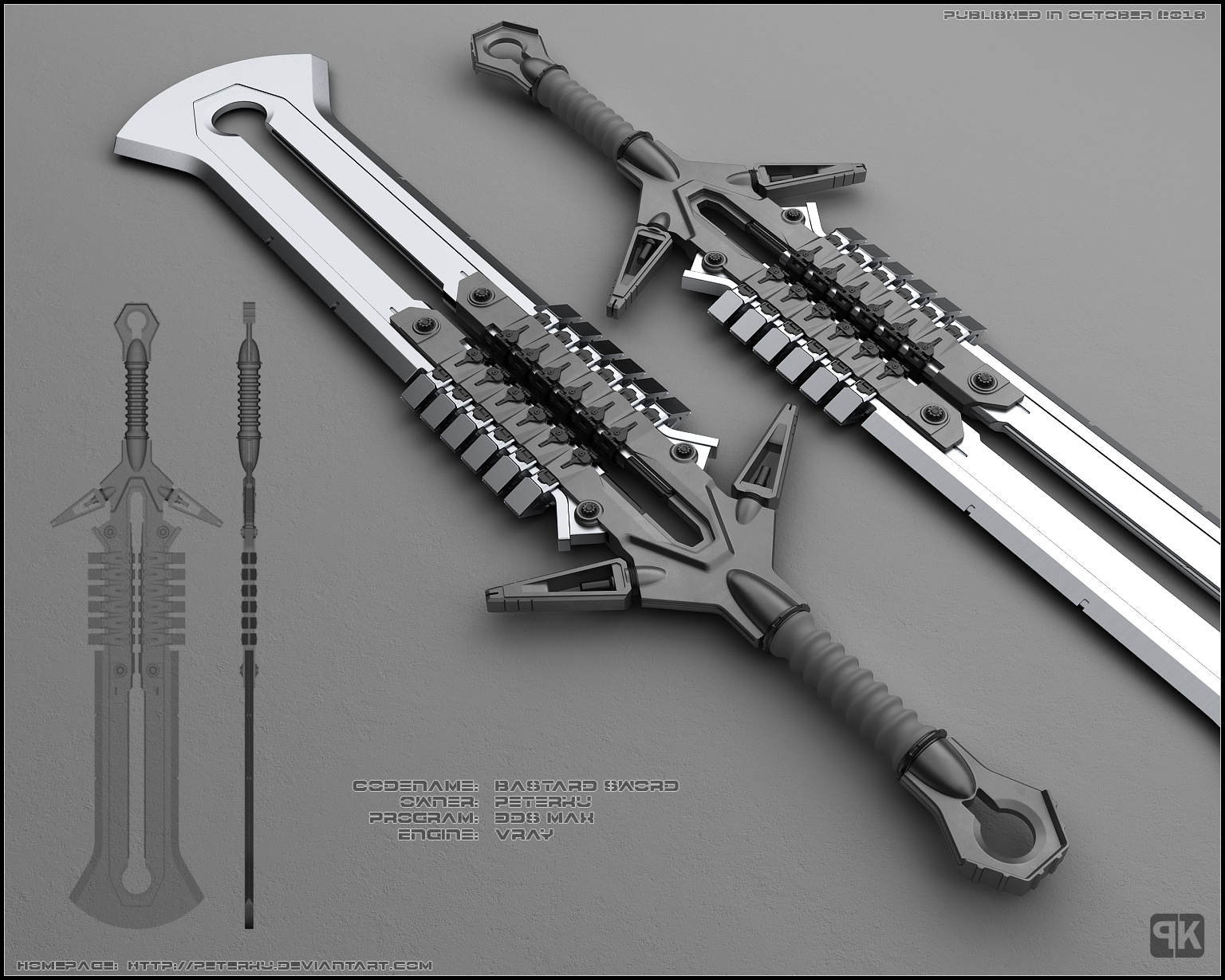In the realm of medieval weaponry, few weapons hold the allure and versatility of the Bastard Sword. Known for its graceful yet formidable presence on the battlefield, this weapon has captured the imagination of warriors and historians alike. From its intriguing history to its unparalleled functionality, the Bastard Sword continues to be celebrated as a symbol of martial prowess and craftsmanship.
Origins and Evolution
The origins of the Bastard Sword are shrouded in the mists of medieval Europe. Emerging during the late Middle Ages, this sword represented a significant departure from its predecessors. Unlike earlier designs which were either distinctly one-handed or two-handed, the Bastard Sword occupied a unique middle ground. Its blade typically measured between 35 to 43 inches, allowing for a balance between reach and maneuverability.
One of the distinguishing features of the Bastard Sword was its versatile grip. Equipped with a longer grip than traditional one-handed swords, it enabled warriors to wield it with two hands for added power and control. However, the grip was also designed to accommodate a single hand when the situation demanded swift and agile strikes.
Combat Applications
The Bastard Sword’s design was tailored to meet the demands of diverse combat scenarios. Whether engaged in open-field battles or confined skirmishes, warriors found the Bastard Sword to be an indispensable ally.
In open combat, the sword’s extended reach provided a strategic advantage, allowing warriors to strike at adversaries from a safer distance. Additionally, its versatility enabled a seamless transition between offensive and defensive maneuvers, making it a favored choice among knights and foot soldiers alike.
Moreover, the Bastard Sword’s adaptability made it equally effective in close-quarters combat. Its nimble yet sturdy construction facilitated precise thrusts and parries, granting warriors the upper hand in confined spaces such as castle corridors or forest clearings.
Symbolism and Legacy
Beyond its prowess on the battlefield, the Bastard Sword held significant cultural and symbolic value. For many medieval knights, owning a finely crafted Bastard Sword was emblematic of their social status and martial skill. These swords were often adorned with intricate engravings and embellishments, serving as both weapons of war and symbols of chivalry.
Furthermore, the legacy of the Bastard Sword transcends its historical context, enduring in contemporary popular culture. From epic fantasy novels to blockbuster films, this iconic weapon continues to captivate audiences worldwide, embodying the timeless appeal of heroism and adventure.
Conclusion
In the annals of military history, few weapons possess the mystique and versatility of the Bastard Sword. From its enigmatic origins to its enduring legacy, this sword stands as a testament to the ingenuity and craftsmanship of medieval weapon smiths. Whether wielded by knights in shining armor or fictional heroes on fantastical quests, the Bastard Sword remains a symbol of elegance and power, inspiring awe and admiration for generations to come.
